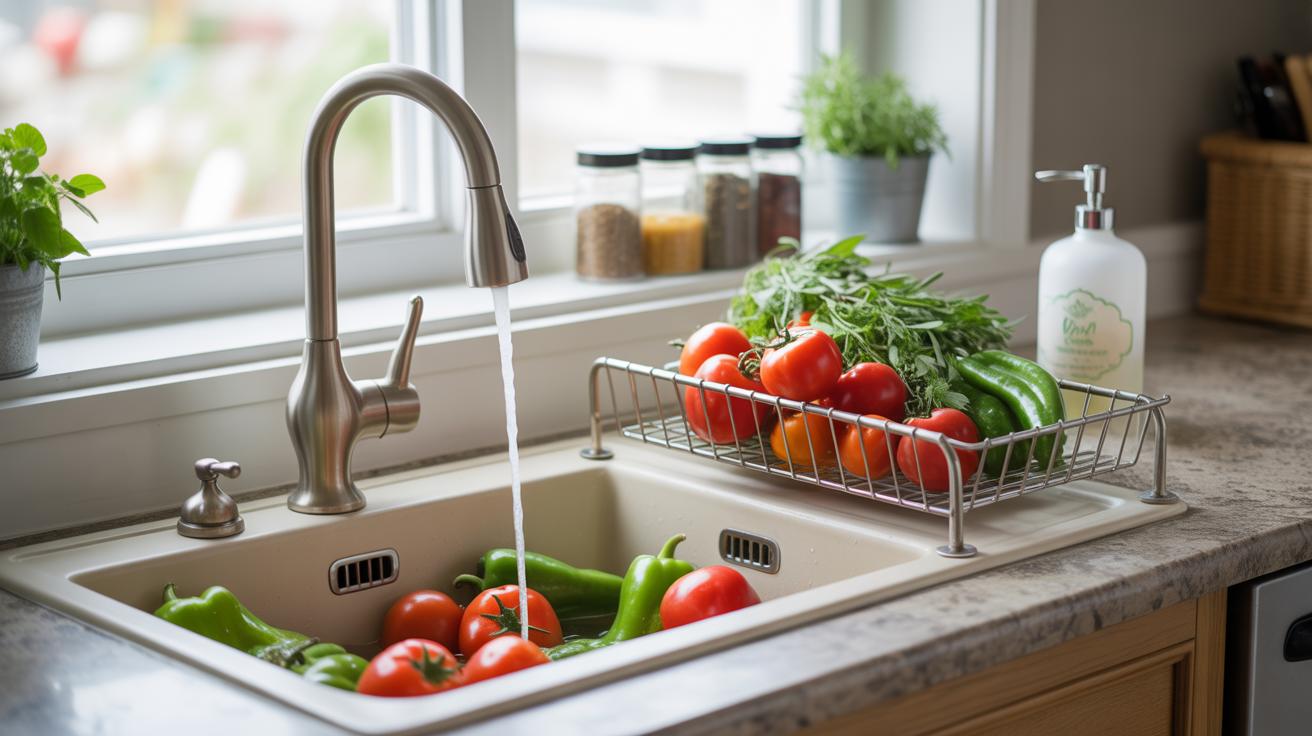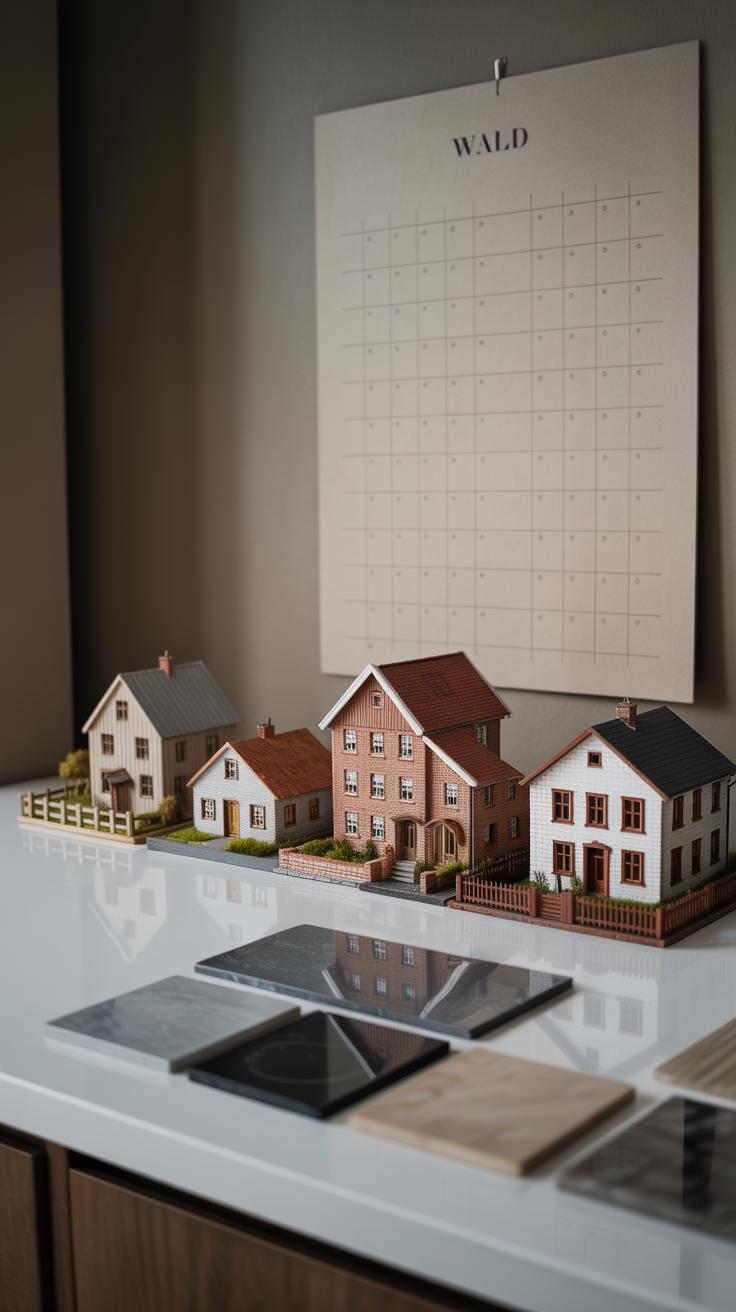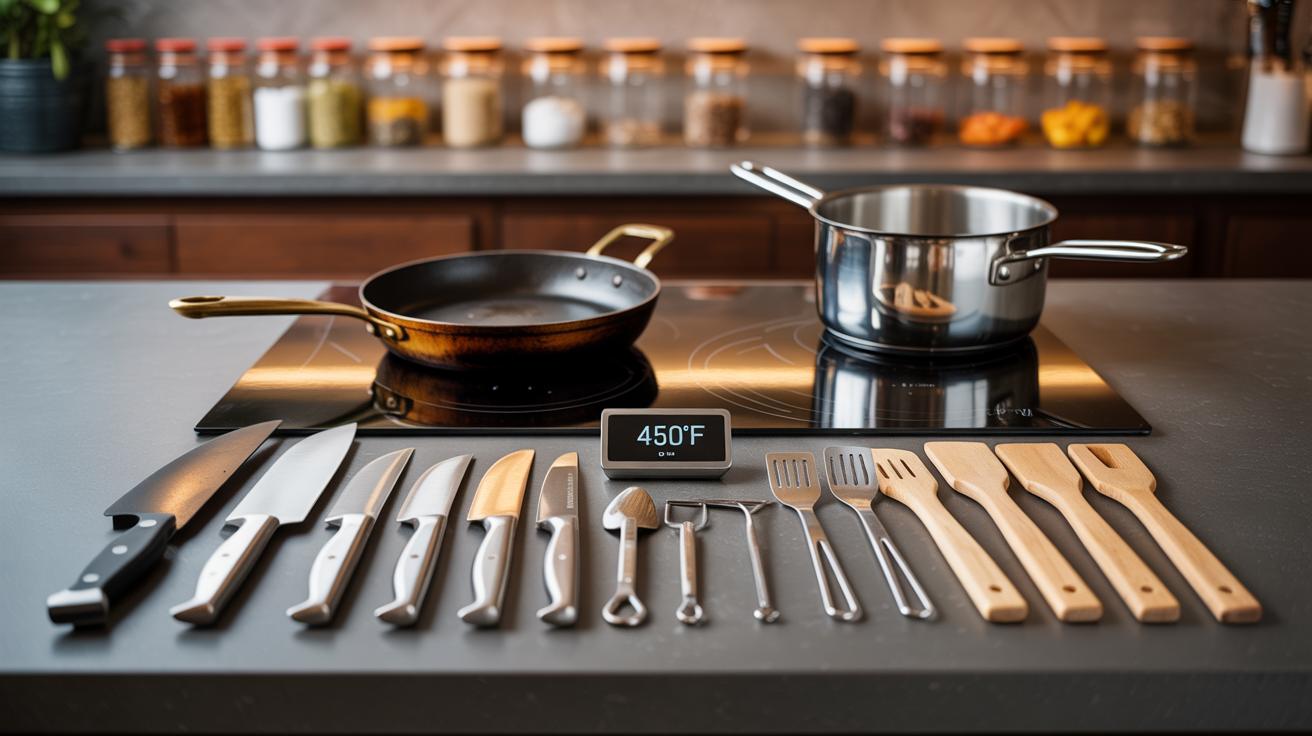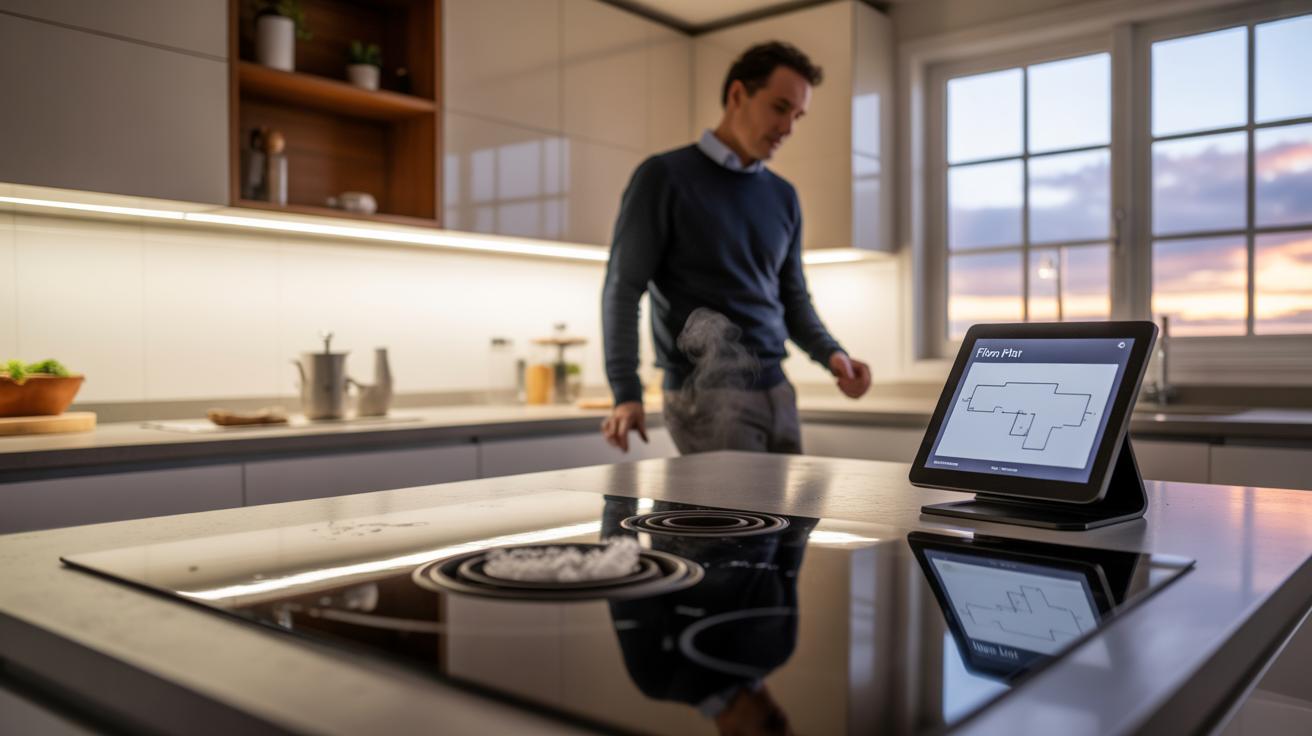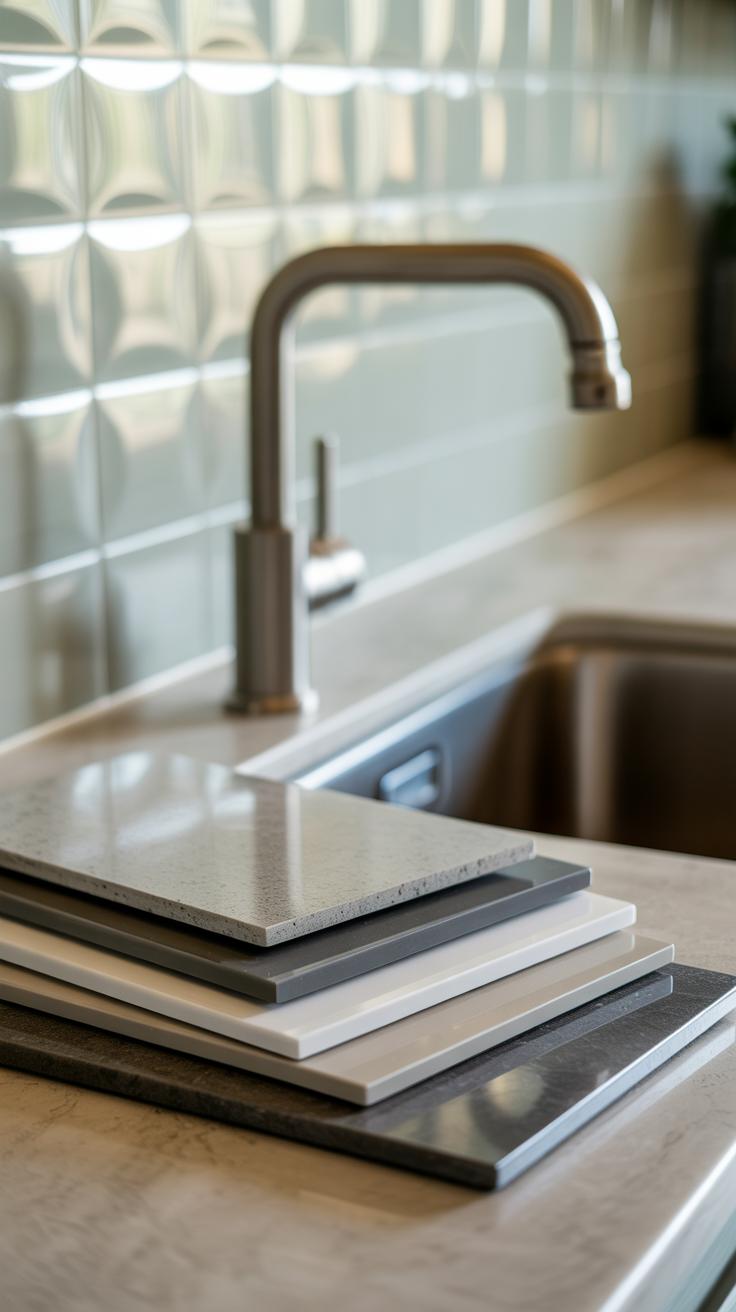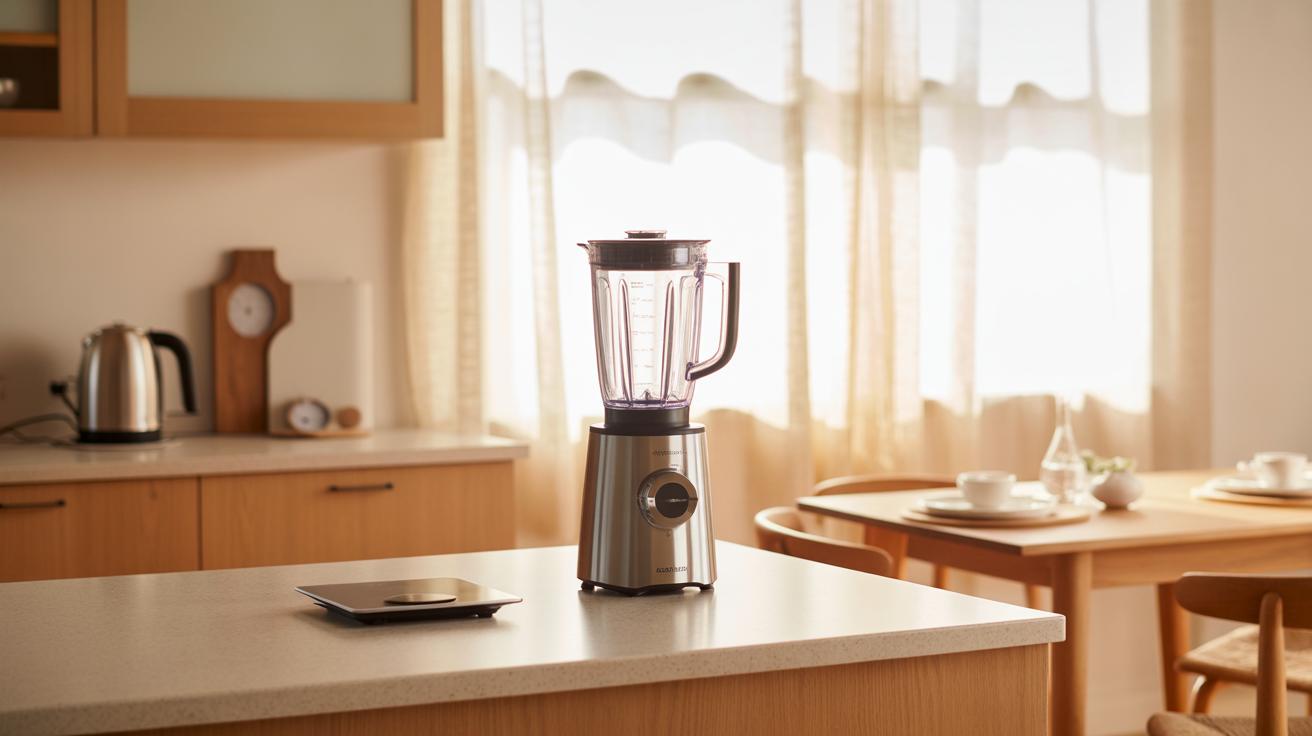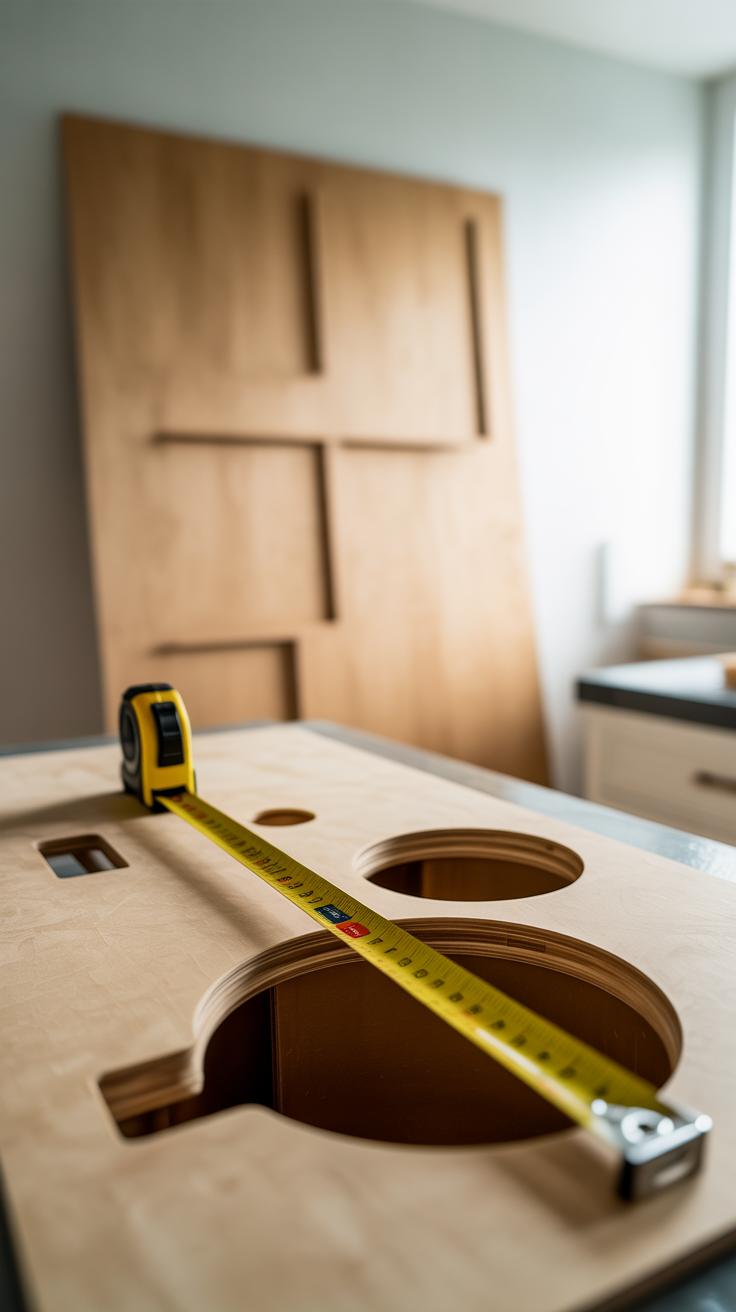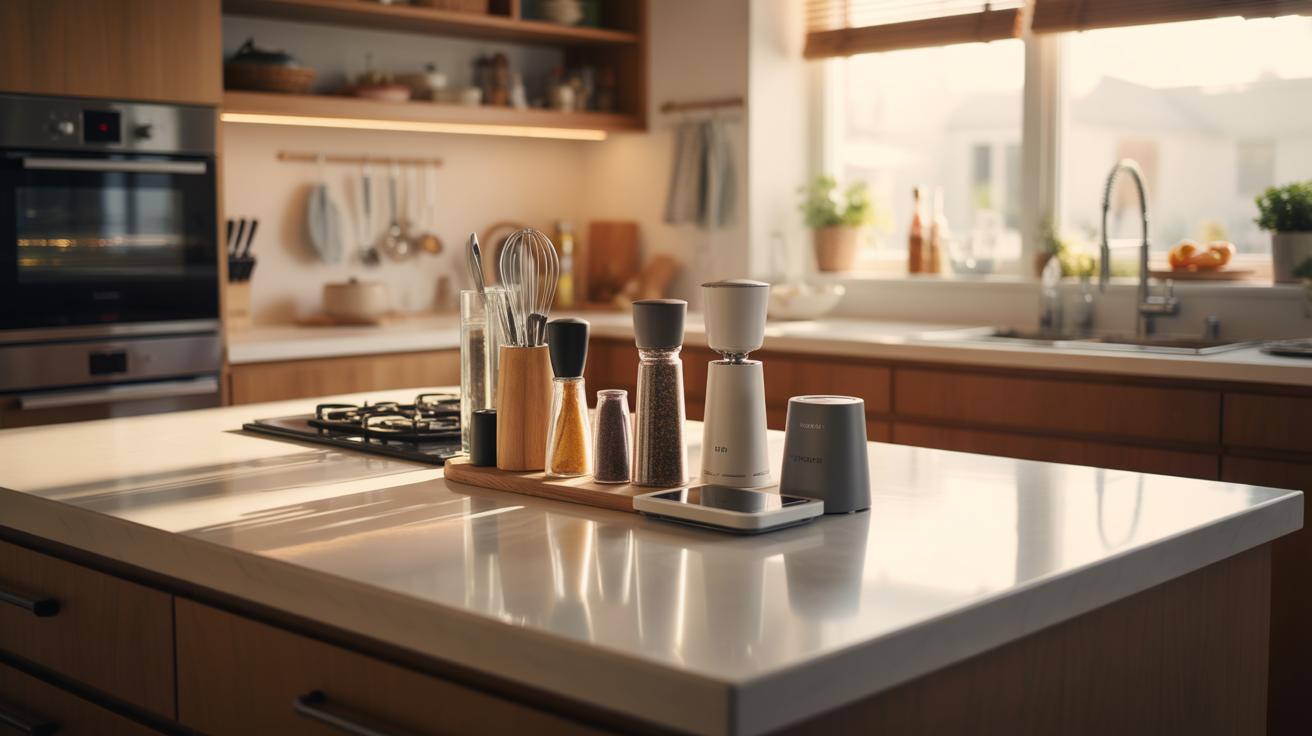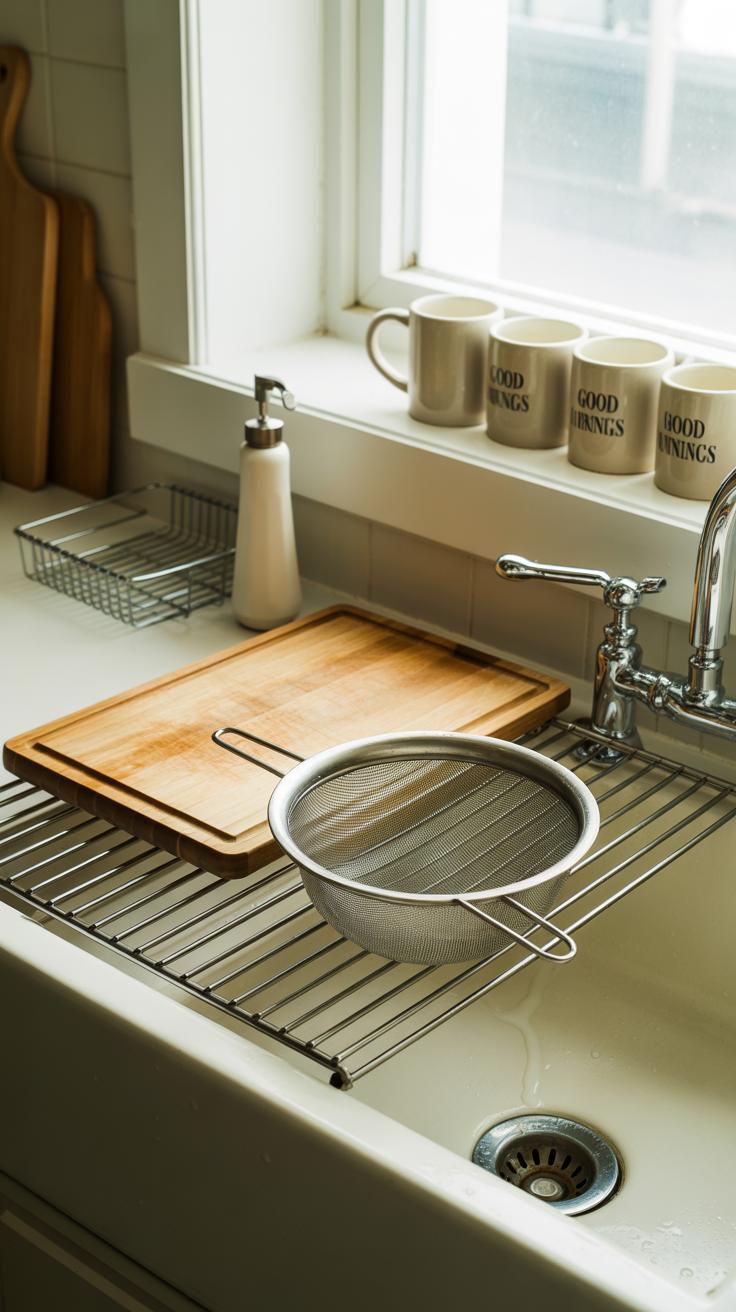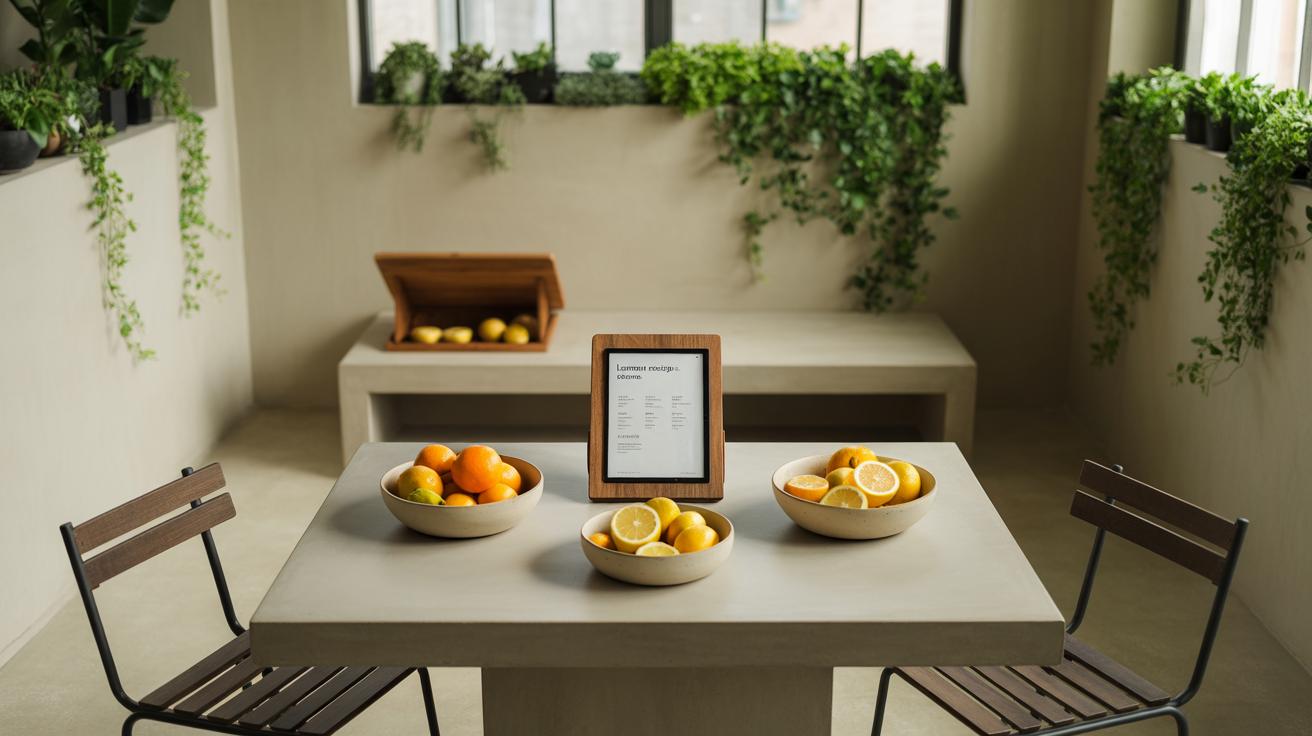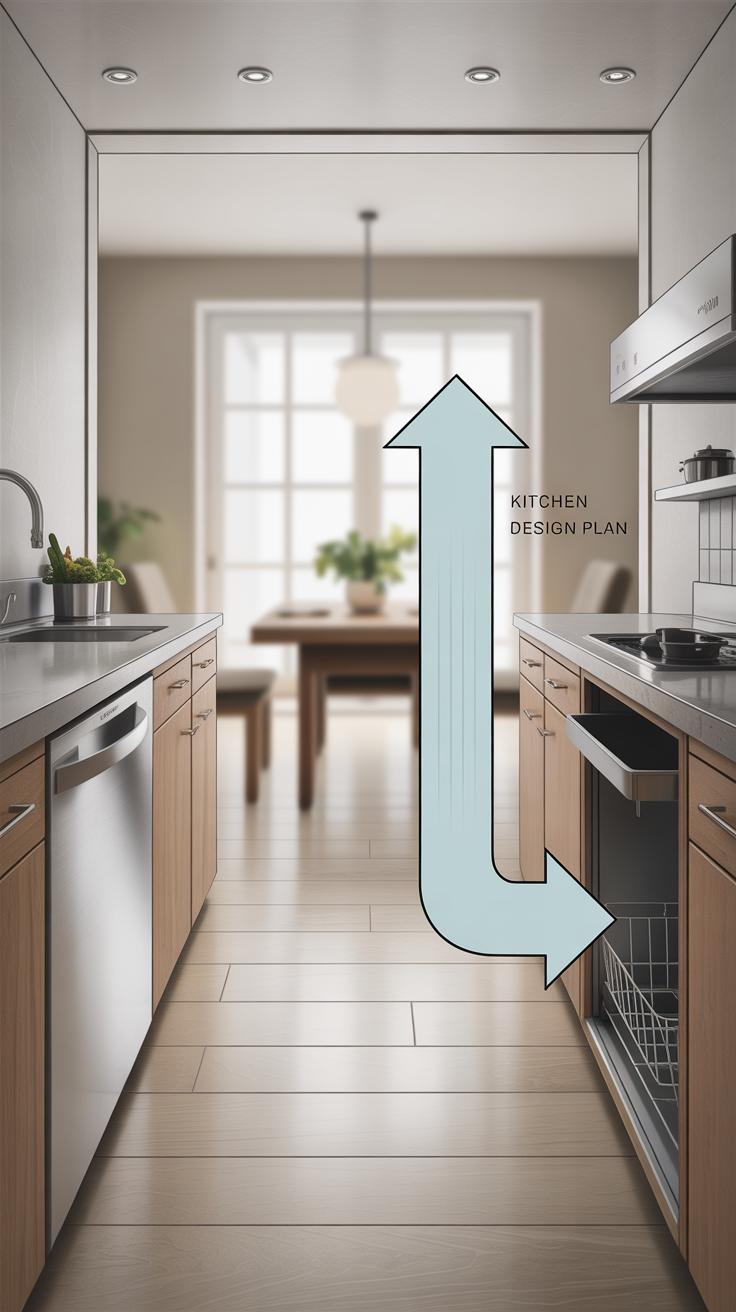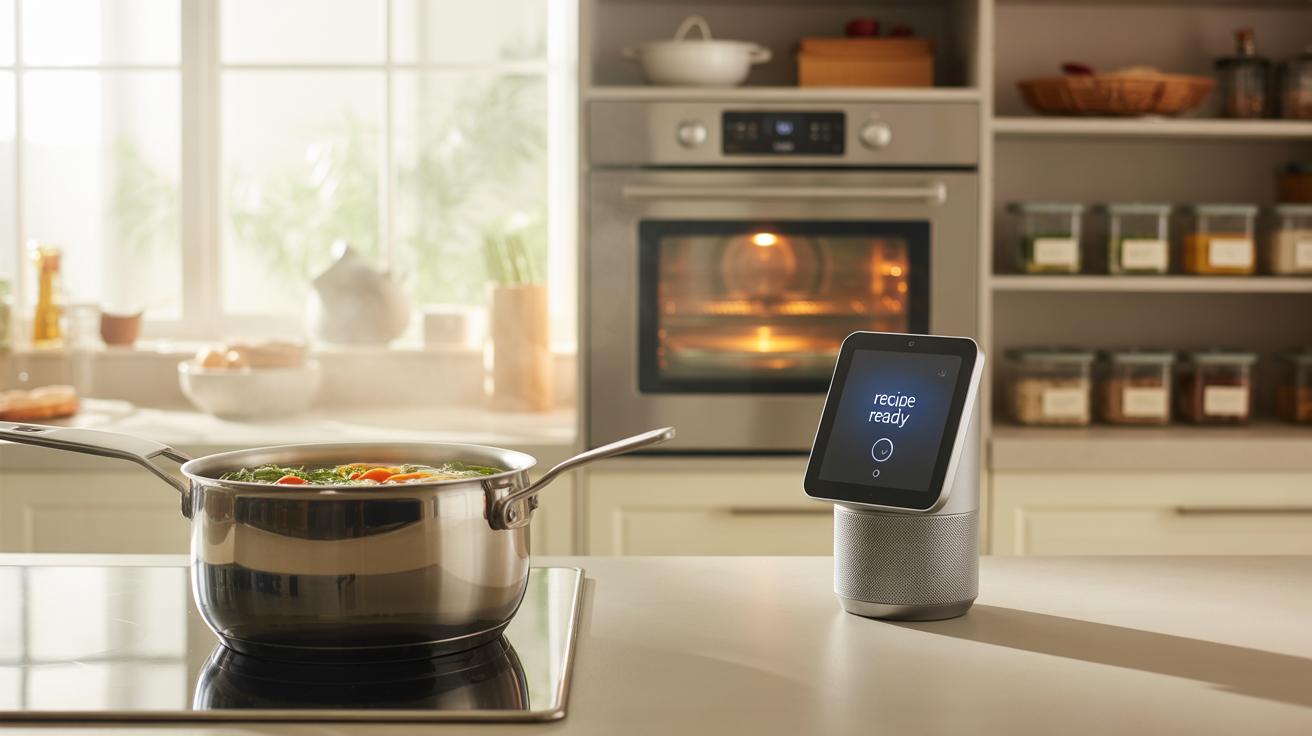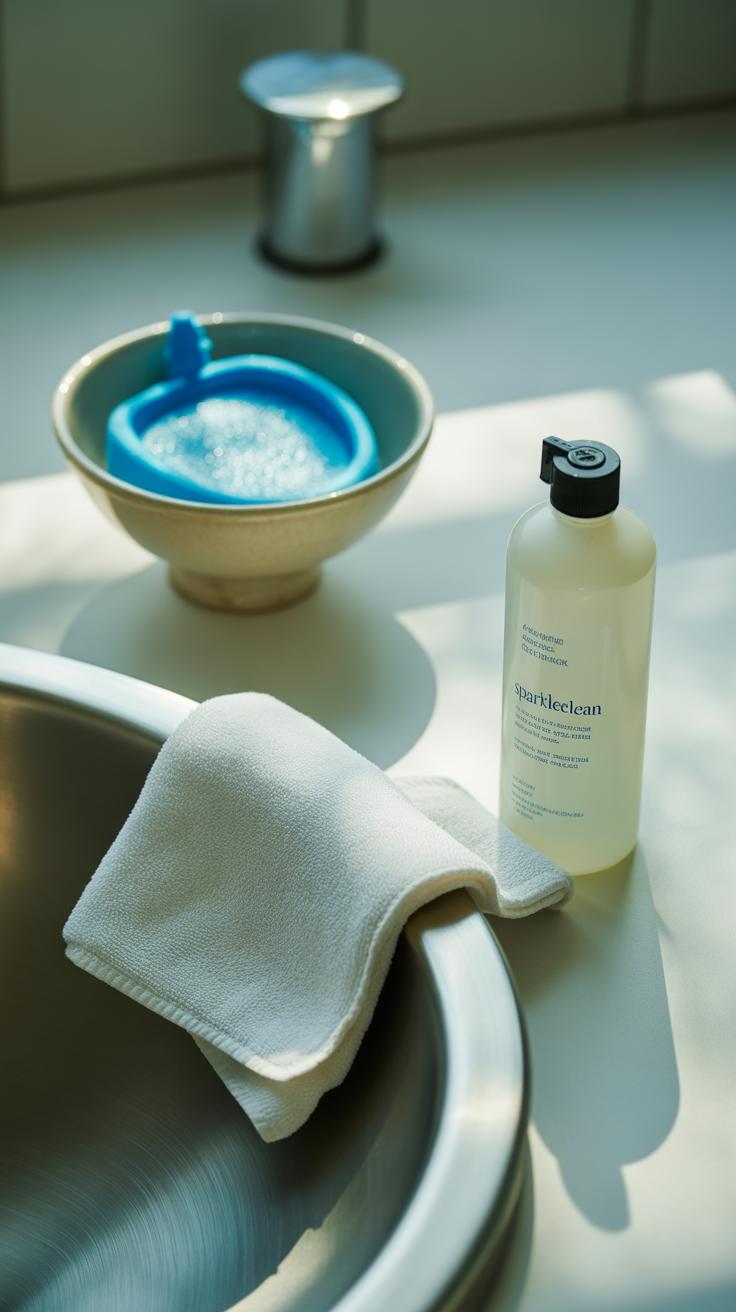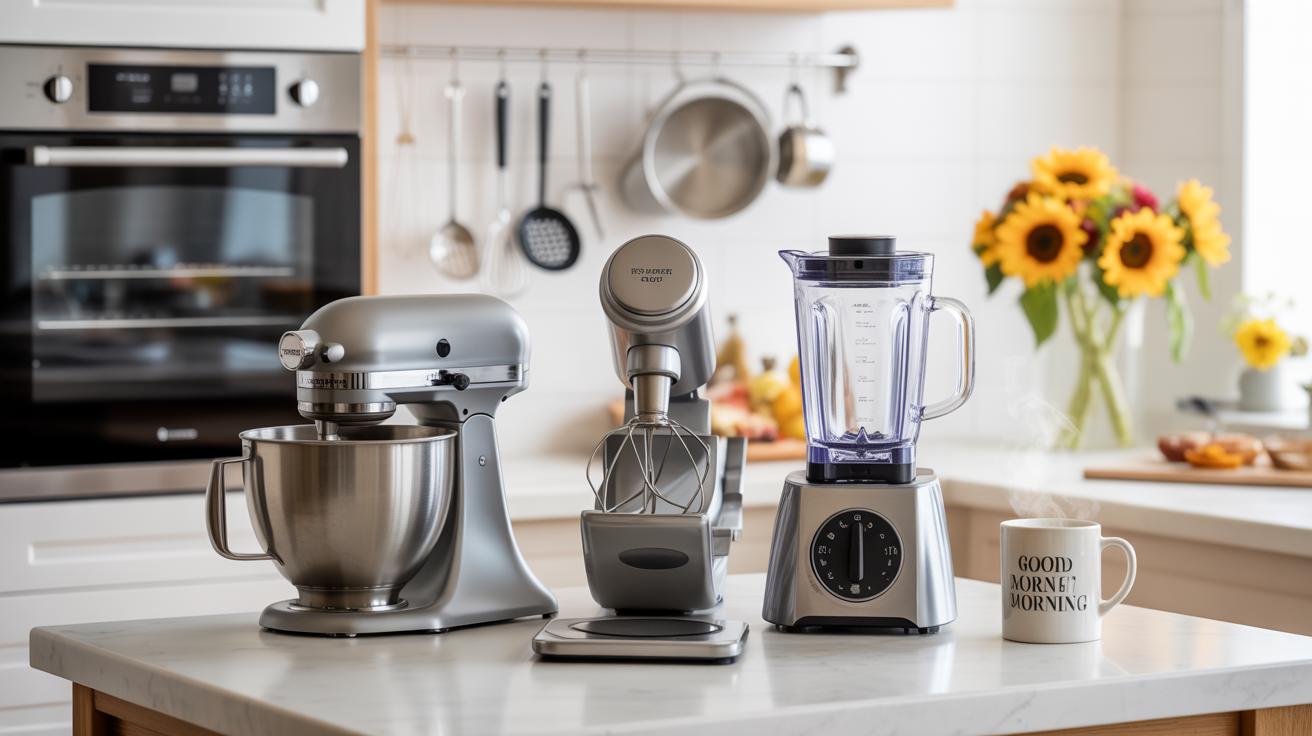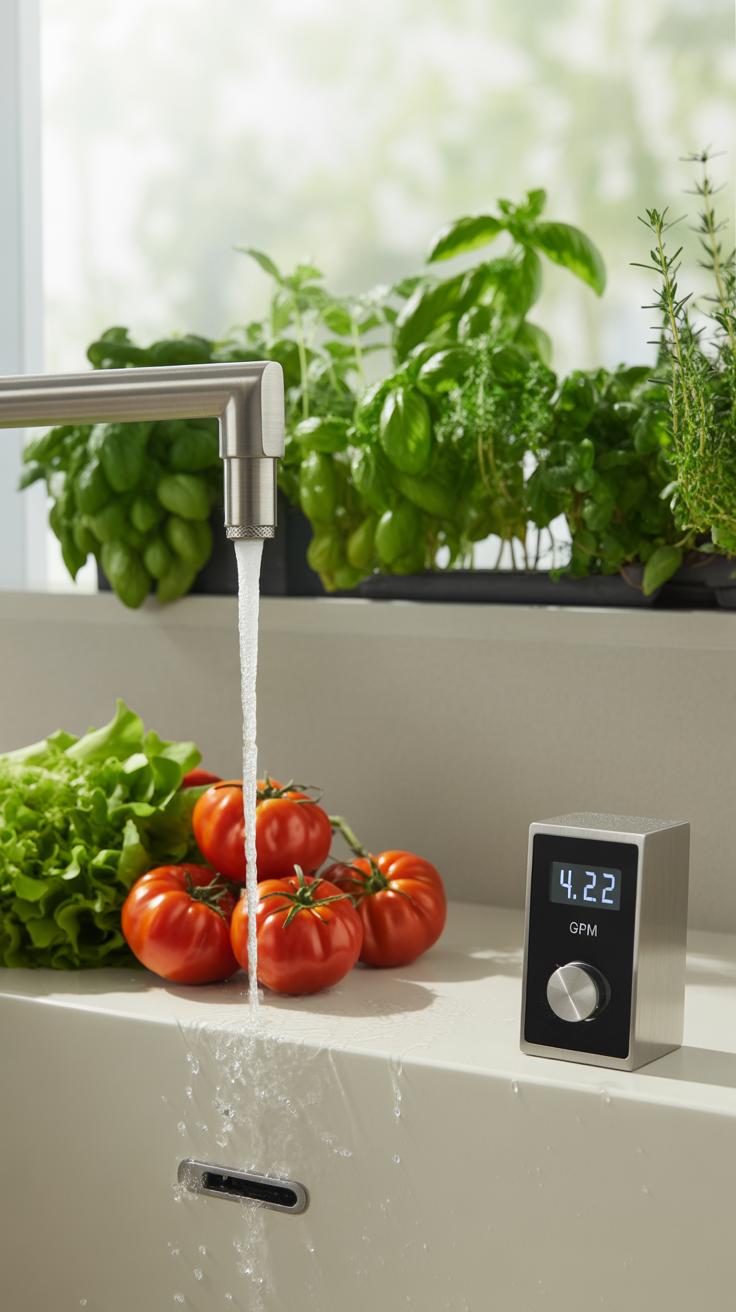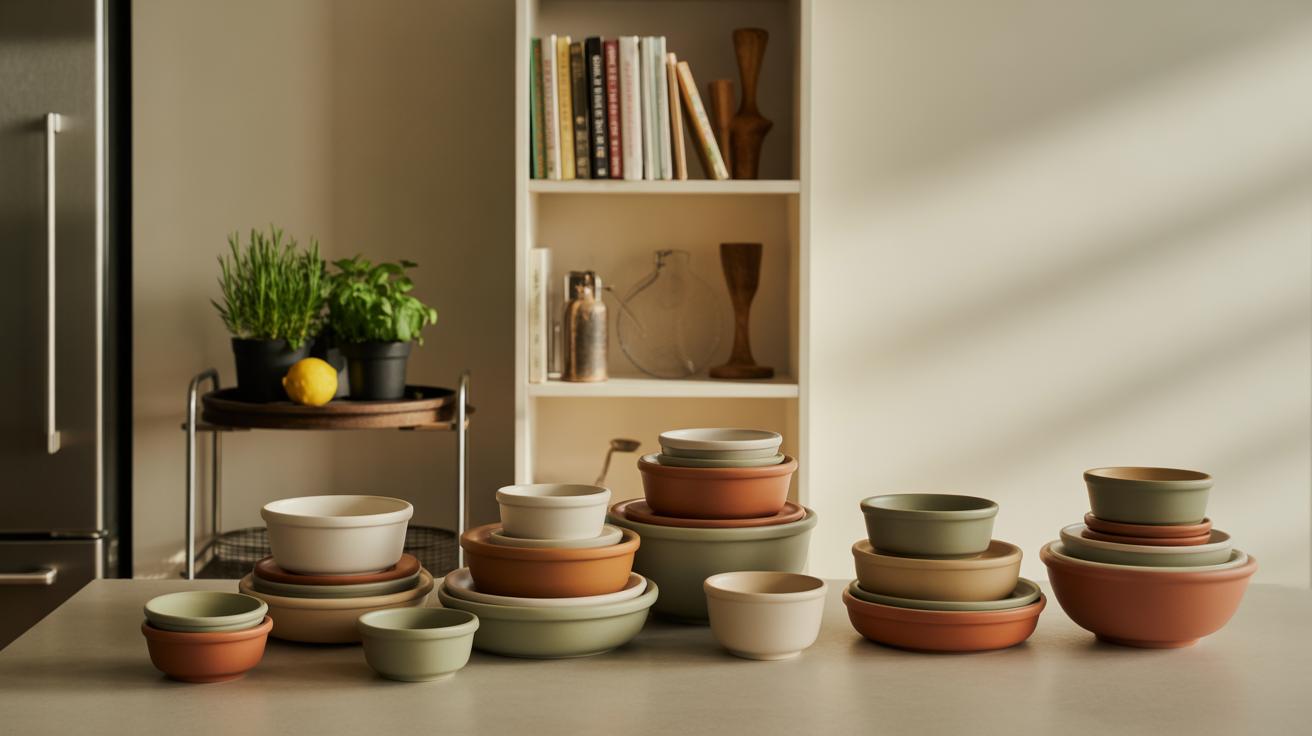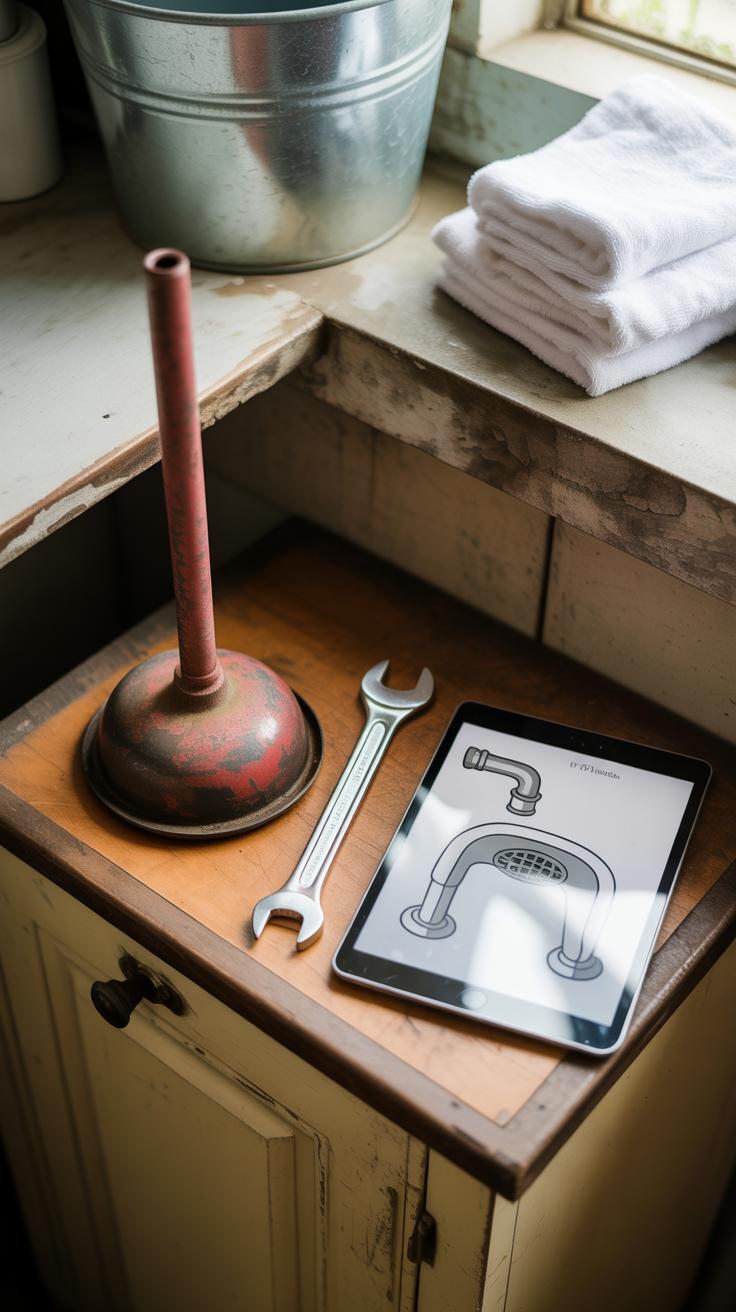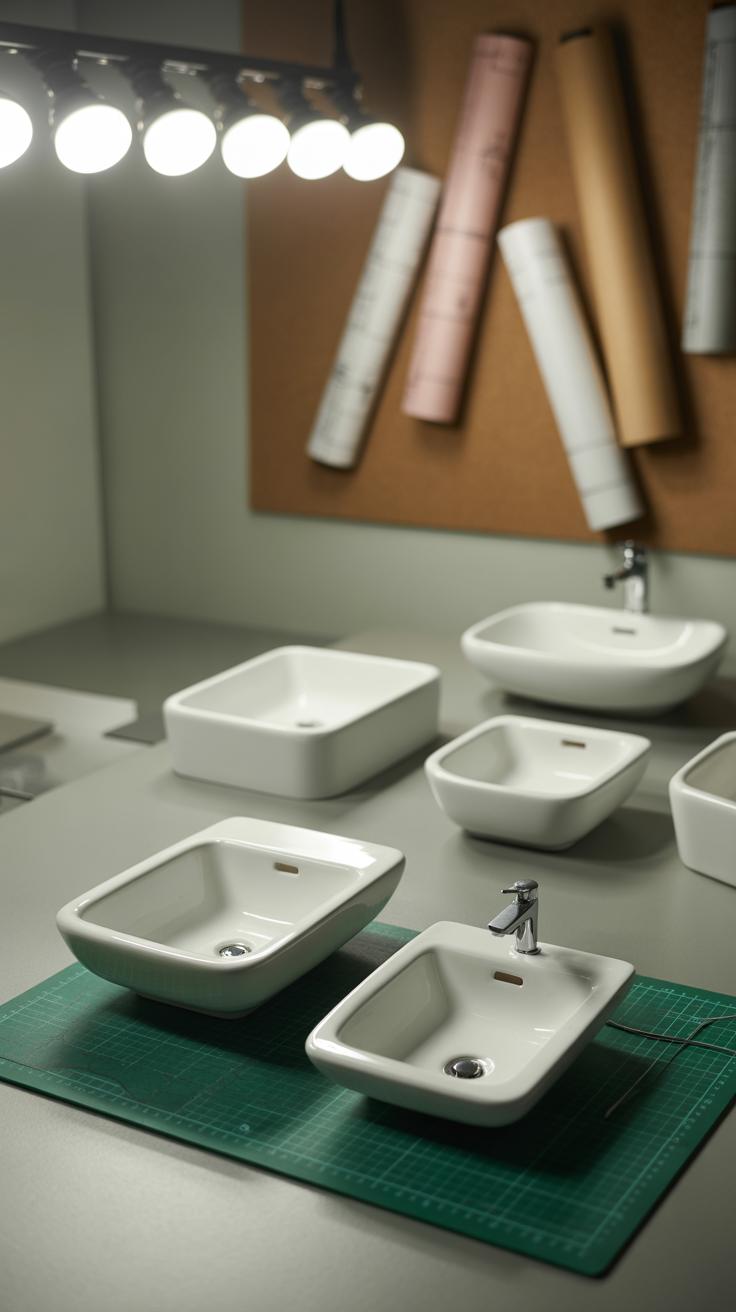Introduction
Your kitchen sink is more than just a place to wash dishes. It’s a vital part of your kitchen that plays a big role in keeping your space clean and organized. Choosing the right sink design can make cleaning smarter and easier. This article explores practical kitchen sink design ideas that boost cleaning flow.
From the sink shape that fits your needs, to materials that last long and resist stains, you will discover ways to improve your kitchen experience. You will learn how specific sink features help you clean faster and keep your kitchen tidy. Let’s dive into the smart design ideas that make your kitchen work better every day.
Understanding Kitchen Sink Types
Sinks come in a few main styles, each with their quirks. Top mount sinks, also called drop-in sinks, sit right on top of the countertop. They’re often easier to install because you just drop them in. Cleaning around the rim can be a bit fiddly though, as grime tends to collect where the sink edge meets the counter. But if you like a quick DIY fix or want to swap sinks down the line, this might be your pick.
Under mount sinks are attached from below the countertop. This leaves a smooth edge and makes wiping crumbs or spills straight into the sink way simpler. Installation usually needs professional help, and the underside of the countertop must be sealed well. Still, the clean lines appeal to many who want a modern look and easier cleanups.
Farmhouse sinks stand out with their deep, front-exposed basin. They give you plenty of room to wash large pots or soak pans without splashback. The exposed front is charming, but it takes up cabinet space inside. If you cook often and like a hands-on approach to cleaning, this style can make splash control and scrubbing less awkward.
Then there are integrated sinks, molded directly into the countertop material. You get a spill-proof surface with no seams to trap dirt. They can feel sleek and minimalist but might limit your options in style or size. Cleaning becomes easier, but the upfront cost and replacement hassle might be a concern.
Top Mount Versus Under Mount Sinks
Top mount sinks rest on the counter with a rim exposed; under mounts attach from below, leaving the counter edge smooth. The top mount design’s rim can catch crumbs, which may require extra scrubbing, while under mounts let you swipe debris straight in without stopping. If you value clean counters and easy wipe downs, under mounts seem preferable.
Installation-wise, top mounts are straightforward, often suitable for casual projects or renters. On the downside, they might look less sleek compared to under mounts, which call for precision fitting and countertop reinforcement. Under mounts usually pair well with solid surfaces like granite but may not work with thinner laminate.
There’s also a feel factor—some prefer the slight rim of top mounts for resting sponges or allowing water to pool, while others like the seamless transition of under mounts that keep the workspace tidy. Depending on your kitchen routine and budget, either could make sense.
Farmhouse and Integrated Sinks Benefits
Farmhouse sinks offer a big, open basin that simplifies soaking and handling bulky dishes. Their raised front lip might slow down splashes onto your floor, which is handy if you move around a lot when washing. Yet, they do reduce cabinet space, which might be annoying if storage is tight.
Integrated sinks, being part of the countertop surface itself, remove edges where food can get stuck, making daily cleaning feel less tedious. They look clean and modern but don’t let you pick or change the sink style easily. Also, if damage happens, fixing an integrated sink may involve costly countertop work.
Both types change how you engage with kitchen chores. Farmhouse sinks might encourage longer soaking or rinsing sessions while integrated sinks help keep the counter streamlined. Choosing between them depends as much on your kitchen habits as on aesthetic taste.
Selecting Sink Materials That Last
Choosing the right material for your kitchen sink can feel a bit overwhelming. You want something durable but also practical for daily use. Stainless steel and porcelain remain popular choices, largely because they balance long-term use with relatively simple upkeep.
Advantages of Stainless Steel and Porcelain
Stainless steel sinks are often favored due to their resistance to rust and stains. They handle heat well—so, placing a hot pan in the sink doesn’t cause damage. Cleaning is straightforward: a quick wipe with mild detergent and rinse usually does the trick. That said, they can show water spots and scratches, which some find distracting while others barely notice.
Porcelain sinks, on the other hand, offer a smooth and shiny surface that resists many stains. They feel more classic, even elegant, and they’re quite easy to clean with common household cleaners. But beware, they chip if you drop heavy pots or sharp utensils inside. So, there’s a trade-off between charm and vulnerability.
Strength and Style of Composite Materials
Composite sinks, often made from granite or quartz blends, blend strength with style in a way that some find appealing. They resist scratching and chipping better than porcelain, and also hide water spots more effectively than stainless steel. However, their dark, sometimes matte finishes show soap residue and mineral deposits more clearly, so regular rinsing helps maintain their look.
Besides durability, composite materials add texture and warmth to a kitchen. They’re heavier and often require reinforced countertops or cabinets, which is worth considering before installation. I’ve seen many kitchens transformed by these stylish, rugged sinks—but they may require a slightly different cleaning routine to keep them looking their best.
Sink Size and Basin Configuration
Choosing the right sink size depends a lot on your kitchen’s space and how you cook every day. If your kitchen is tight or you mostly prepare simple meals, a smaller sink can actually be better — no need to waste space or soak a giant basin when you barely have the counter room. On the other hand, a larger sink might be tempting if you frequently deal with big pots or bake often, but it can overwhelm a small area and make cleanup feel clunky.
When to Choose a Single Basin Sink
Single basins offer more uninterrupted space. If you rinse vegetables, wash large pans, and soak dishes all in one spot, this design might suit you. It’s straightforward and cuts down on divider edges that sometimes collect grime. In a small kitchen, or if you mostly simmer or bake rather than do complex prep, one big basin keeps cleaning simpler. I’ve seen kitchens with single basins where people say it makes their small space feel less cramped. But the catch is—when you want to multitask, it can slow you down since everything happens in just one area.
Using Multiple Basins for Smarter Cleaning Flow
Double and triple basins let you split up tasks. For example, one basin can be dedicated to soaking or scrubbing pots, another reserved for rinsing or washing vegetables, and if there’s a third, it might hold dirty dishes out of the way. This separation can actually keep your process cleaner—no cross-contamination between raw food and dirty utensils. When I tried a triple basin setup in a busy household, it cut down on dish pileups and made it easier to hand-wash delicate glassware apart from larger cookware. The downside? These sinks need wider counters and sometimes feel like they eat up space on smaller countertops.
Basically, think about how you move through your kitchen. Do you want one big area or distinct zones for different cleaning steps? Either way, your sink size and basin setup shape the rhythm of your kitchen tasks more than you might expect.
Innovative Sink Accessories and Features
When thinking about your kitchen sink, it’s easy to overlook the small details that can make your daily routine just a bit smoother. Yet, accessories built in or around the sink can save both time and counter space, which—let’s be honest—is often hard to come by. Take built-in cutting boards, for example. They slide right over the sink basin, letting you prep food directly above the water. It prevents messes from spreading onto your countertops and cuts down on scrubbing afterwards.
Then there are draining racks that perch neatly on the edge or inside the sink. They’re perfect for washing and drying fruits, veggies, or even dishes, without cluttering your counters with wet stuff. For someone like me who likes the kitchen somewhat organized, these racks help keep everything contained.
Soap dispensers built into the sink area bring convenience that’s easy to underestimate. You won’t have to fumble with bottles or worry about them taking up space. Just a quick pump, and you’re ready to wash without breaking your flow.
Integrated colanders that sit right in the basin are another neat addition. You can rinse and drain pasta or produce without grabbing an extra tool or moving things around too much. This means less juggling, maybe fewer spills. You start to realize these little features don’t just save space; they streamline the tasks, making your cleaning moments feel less like chores.
Optimizing Sink Placement for Cleaning Flow
Where you place your sink can really change how smoothly your kitchen runs, especially during the cleaning process. I’ve noticed kitchens where the sink feels like an afterthought—far from the prep zone or stove—and its awkward location can slow everything down.
Think about putting your sink where food prep happens most. That might mean close to your chopping board or near the stove. When your sink is close to these spots, rinsing veggies or washing hands between tasks becomes easier and faster. It reduces extra steps, and when cooking gets busy, every second counts.
Lighting is another aspect you can’t overlook. A well-lit spot helps you spot grime you might miss otherwise and makes dishwashing less tiring. Natural light is ideal, but if that’s not an option, good overhead and task lighting around the sink area works wonders.
Also, consider countertop space around the sink. You want enough room to place dirty dishes, drying racks, or prep items without feeling cramped. Crowded sinks create clutter that slows down cleaning. So, a decent stretch of counter beside the sink is more useful than you might guess.
- Place sinks near prep zones and stoves to reduce movement during food prep and cleaning.
- Ensure strong, focused lighting—natural or artificial—to catch every spot needing cleaning.
- Provide ample countertop space around the sink for sorting dishes and prepping meals.
Have you ever tried washing dishes in a dim corner with barely any space to put down the scrubber? It’s frustrating and makes cleaning take longer than it should. So, think about your kitchen’s flow and how your sink’s spot affects it. Sometimes small changes here can simplify your whole cooking and cleaning routine.
Maintaining Your Sink for Longevity
Keeping your sink looking fresh often feels like a never-ending job, doesn’t it? Yet, a bit of daily attention can make a big difference over time. For starters, wiping your sink after each use stops grime and water spots from settling in. A quick rinse with warm water and a gentle scrub will usually do the trick. But what exactly is “gentle” depends on the sink material.
Daily Cleaning Tips for Different Materials
Take stainless steel, for example. It’s pretty forgiving but also shows water spots easily. After rinsing, try drying with a microfiber cloth—that subtle polish really helps. Porcelain sinks tend to hold onto stains a bit longer, so a mild dish soap and soft sponge often works best. Composite sinks, often made with resin, can be sensitive to harsh abrasives, so stick with non-abrasive cleaners and avoid steel wool.
Little habits like these can prevent buildup and keep each sink type looking close to new.
Removing Stains and Odors Effectively
For those inevitable stubborn stains or odors, some everyday kitchen staples might surprise you. A paste of baking soda with a splash of water can gently scrub off discolorations without damaging surfaces. Lemon juice or white vinegar can cut through odors—sometimes, just letting a lemon wedge sit in the sink for a while makes a noticeable difference.
It’s funny—these remedies often feel simple, maybe even too simple to work. But I’ve found they actually outperform fancy cleaners in longevity and cost. Do you think natural ingredients do the job better, or should we rely on commercial products? It’s a bit of a back-and-forth in my mind.
Water Efficiency and EcoFriendly Sink Choices
When picking a kitchen sink and faucet, water use is a big part of the picture, especially if you want to stick to eco-friendly habits. Low-flow faucets can make a surprising difference—you get a steady stream without feeling like you’re constantly turning the tap off and on. Some designs use aerators or sensors to limit flow but keep pressure strong. I’ve noticed that using touchless faucets in my kitchen both saves water and makes washing hands after cooking easier, though occasionally they can be a bit too sensitive.
There are some practical things to keep in mind with eco-friendly materials, too. Stainless steel sinks are popular, mostly because they last long and can be recycled. But what about options like recycled composite sinks or natural stone choices? They often have a smaller environmental footprint if sourced responsibly. Bamboo or other plant-based materials are popping up as well, though I’d be cautious about durability with those—you want something that holds up with daily wear.
Think about the way a sink is designed as well—not just what it’s made of. Deeper basins use more water to fill, so a slightly shallower but wider sink might actually help you save water. Also, sinks with built-in compartments for rinsing or waste sorting encourage less water waste when you’re multitasking. Have you ever tried measuring how much water you actually use with different sink setups? Sometimes, keeping track surprises you.
Choosing the right faucet and sink is kind of like a small lifestyle shift. It nudges you toward habits that help the environment without making you feel restricted. But it also raises questions—does reducing flow impact your cleanup? Or, can a natural material truly last the busy life of a kitchen? It’s a bit of balancing act, really, between being green and keeping your kitchen practical.
Troubleshooting Common Sink Problems
Fixing Clogs and Drain Issues
Clogs are probably the most frequent sink problem you’ll face. They slow down drainage and can quickly become frustrating if ignored. Sometimes, a simple homemade solution does the trick: pour about half a cup of baking soda down the drain, then follow it with a cup of vinegar. Wait a while and flush with hot water. This can help loosen small buildups without harsh chemicals.
If that doesn’t work, a basic plunger or a drain snake might be necessary. Just be cautious not to damage the pipes—you don’t want to make things worse. Keeping drains clear goes beyond fixing; avoid letting grease, coffee grounds, or large food scraps go down the drain in the first place. Even a sink strainer helps with this. Oddly enough, sometimes hot water alone isn’t the answer, so try these methods before calling a plumber.
Handling Leaks and Surface Damage
Leaks often occur at the faucet base or underneath the sink where connections loosen. Tightening fittings with a wrench usually fixes minor drips. But if the leak persists, replacing washers or seals might be necessary—these parts are cheap and usually easy to swap yourself. Leaks under the sink can sometimes come from cracked pipes, which probably means calling a professional.
Surface scratches can make your sink look worn out, especially in stainless steel or composite models. For minor scratches, a gentle rub with a non-abrasive pad or a specialized polishing compound can improve the look. There are even repair kits for deeper scratches, though they’re not perfect. If you prefer not to see scratches, consider placing a mat or rack at the bottom to minimize direct contact with utensils. It’s curious—damage seems inevitable, but prevention helps more than waiting for problems to pop up.
Designing Sinks for Small and Large Kitchens
When it comes to sink design, the size of your kitchen really changes the game. Small kitchens often demand clever use of space, while larger kitchens let you play with more options, like multiple basins or bigger bowls.
Saving Space in Small Kitchens
In tight spaces, you want a sink that fits without feeling like it’s hogging the counter. Narrow or corner sinks can help free up workspace. A single basin that’s deeper rather than wider often works better—you get more room for washing without needing a wider footprint.
Some folks swear by sinks with built-in drainboards or accessories like cutting boards that fit over the sink, turning it into a multitasking station. It might sound like extra steps, but having those options right there makes cleaning faster. Also, positioning the sink close to prep areas keeps everything compact: less walking, less mess.
Using Larger Sinks in Spacious Kitchens
In bigger kitchens, having a large, multi-basin sink can make a big difference. Three basins let you sort, rinse, and soak all at once. If you cook a lot or prep big meals, this separation stops tasks from piling up. Plus, bigger sinks feel less crowded, which might seem like a small thing but can seriously reduce backsplash splashes and clutter.
Still, bigger isn’t always better for everyone. Some argue that huge sinks waste counter space you might want for gadgets or appliances. But if you think about flow, separating washing, prepping, and draining zones helps you avoid running back and forth. It’s about creating smooth steps during cleanup, and a big sink often supports that.
Conclusions
Your kitchen sink design affects how well and how quickly you can clean. By picking the right shape and size, you create a space that works smoothly for washing and rinsing. Material choices also add to the sink’s durability and ease of care, saving time and effort.
Adding features like built-in cutting boards, drainers, and multiple basins help organize chores and speed up cleanup. These ideas make ordinary kitchen tasks easier and more pleasant. With thoughtful design, your kitchen sink can be a powerful tool for smarter cleaning flow every day.

